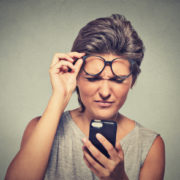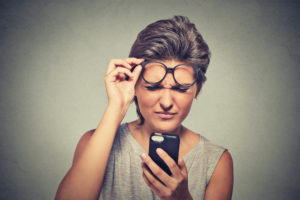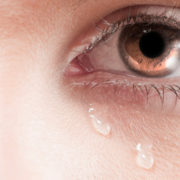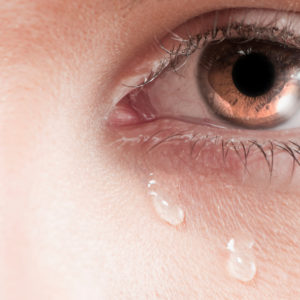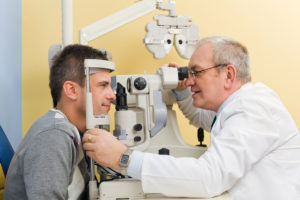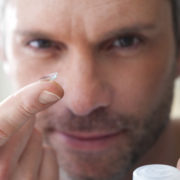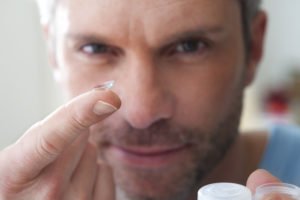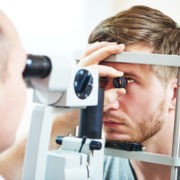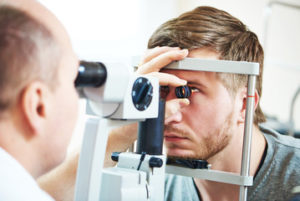Eye Disease Should be on the Radar of Every Woman
 We often hear the terms “men’s health” and “women’s health.” This is because there are particular issues that affect each, respectively. Usually, when we consider the unique health challenges that each gender may face, the mind goes to the organic systems in the male or female body. When it comes to issues related to eye health, we may instinctively clump all people together regarding risks. Research is indicating we shouldn’t.
We often hear the terms “men’s health” and “women’s health.” This is because there are particular issues that affect each, respectively. Usually, when we consider the unique health challenges that each gender may face, the mind goes to the organic systems in the male or female body. When it comes to issues related to eye health, we may instinctively clump all people together regarding risks. Research is indicating we shouldn’t.
There are several eye conditions and diseases to which women are more vulnerable than their male counterparts. These include:
- Refractive errors such as nearsightedness and farsightedness.
- Cataracts.
- Glaucoma.
- Dry eye syndrome.
- Age-related macular degeneration.
- Vision impairment.
- Blindness.
Why the increased risk?
There are several theories regarding women and eye disease prevalence. One reason that women may develop conditions that “men don’t” is because they live longer. Because some eye diseases are age-related, this would make a lot of sense. Another factor in the development of eye disease is inflammation, a systemic condition that is often related to autoimmune conditions (also for which women are more susceptible). Lastly, the moisture of the eye can change along with hormones as a woman ages, creating an increased risk for dry eye syndrome.
Awareness is the First Step
Knowing that there are risks for eye disease, a woman can take the steps necessary to protect her vision as she ages. Annual eye care is a must for all people, and even more crucial for women who have a known risk for any eye disease. Comprehensive eye exams extend beyond the standard vision test. These exams, performed on dilated eyes, observe structures within the eye in which disease may occur.
Other steps that women may take . . .
- Avoid tobacco use, especially smoking, due to the adverse effects of toxic chemicals in cigarette smoke.
- Learn about the family history of eye disease and other conditions that could lead to diseases of the eye, such as diabetes.
- Consume antioxidant-rich foods that nourish the eyes, or take supplements that support eye health.
- Employ safe contact-lens practices, such as washing hands before handling contacts or touching the eyes.
- Maintain excellent hygiene related to cosmetics and face-washing.
We’ve got offices in Reading and Melrose and would be happy to schedule a visit with you at the office nearest you. Contact us for friendly service.


